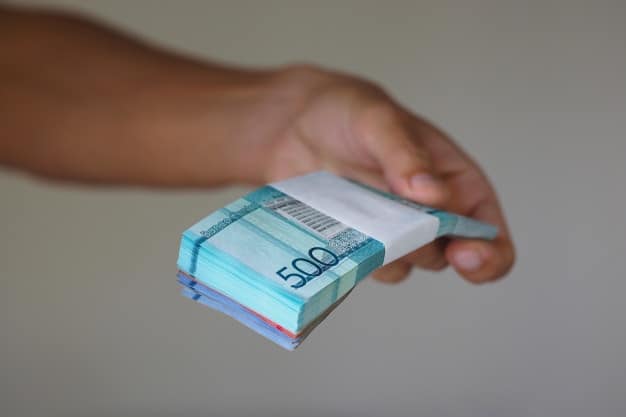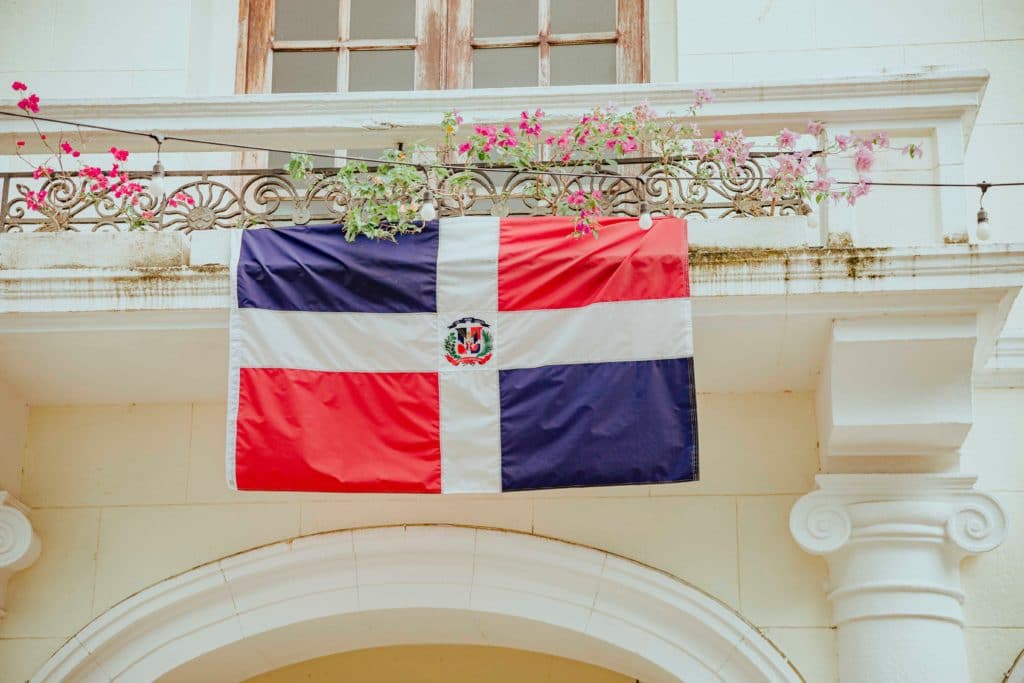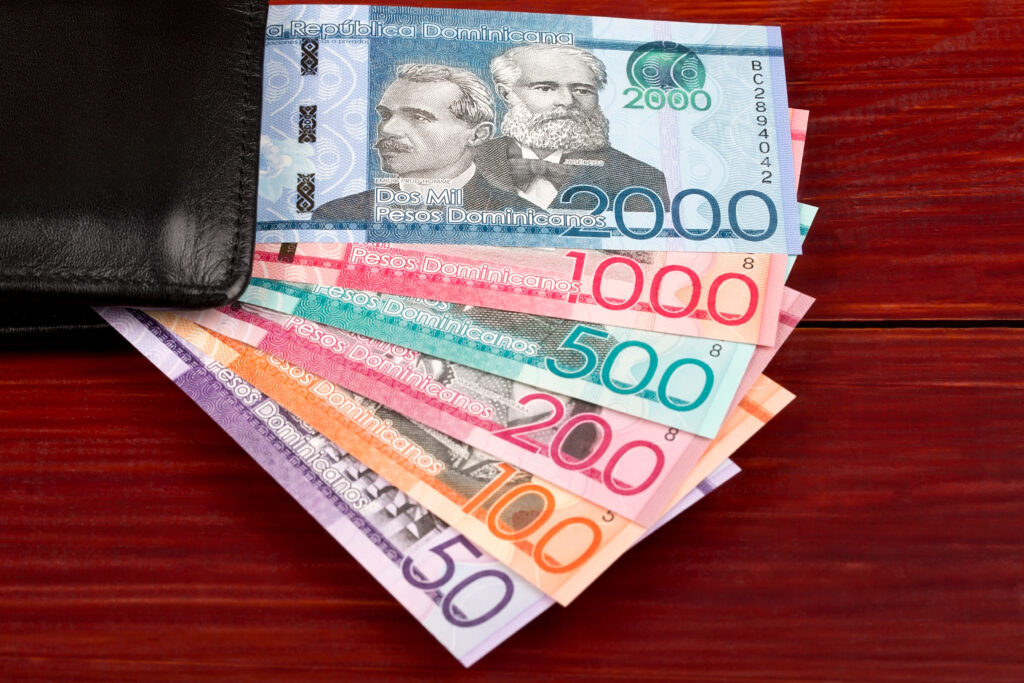Approximately 12% of the Dominican Republic’s population lives abroad, with nearly 1.2 million Dominicans living in the United States. Many of these individuals work hard in the service, transportation, management, business, science, and arts industries.
According to recent data, remittances sent to the Dominican Republic have increased year-over-year for nearly three decades, reaching nearly $7.4 billion USD between January 2020 and November 2020.
If you would like to send money to the Dominican Republic safely, there are numerous options.
Money transfer providers such as Remitly are changing that, ensuring more of your hard-earned money makes it home.
With Remitly or other online money transfer services, you can quickly and securely send your CAD, GBP, EUR, USD, or other currency to be received in the Dominican peso (DOP) in the Dominican Republic. In addition to facilitating transfers to the Dominican Republic, online money transfer services make it easy to send money securely to Ecuador. Whether you’re supporting family, paying for services, or making investments, these platforms offer competitive exchange rates and low fees. With user-friendly apps and robust security measures, you can rest assured that your funds will arrive safely and efficiently.
Here are some common FAQs and how to get started.

Why Should I Use Remitly To Send Money to the Dominican Republic?
The process of sending money to the Dominican Republic could be complex and overwhelming, but not with Remitly. With Remitly, you can easily navigate the options available for transferring funds, ensuring your money arrives quickly and securely. Plus, their user-friendly interface simplifies the experience, making it just as easy to send money to Haiti safely. Enjoy peace of mind knowing that your transactions are protected every step of the way. With a variety of transfer options, you can customize your experience to meet your needs, whether you’re sending funds for emergencies or supporting loved ones. Remitly also offers competitive rates and low fees, giving you even more reason to trust their services when you want to send money to Colombia safely. Their commitment to customer service means you’re never alone; assistance is available if you encounter any issues during the transfer process.
With Remitly, you’ll enjoy competitive exchange rates for DOP, low fees, quick delivery, bank-level security, and peace of mind.
Remitly’s simple, transparent pricing structure means you no longer need to worry about hidden fees.
Send Money to the Dominican Republic in 5 Easy Steps
Follow these five steps to send money to the Dominican Republic safely and easily.
- You will need to download the Remitly app if you’re a first-time user. Create an account and set the Dominican Republic as your destination country.
- Enter the amount you wish to send.
- Choose your preferred delivery method. Delivery options include cash pick up (including pickup locations), home delivery, or bank deposit.
- Enter all necessary recipient details, including bank account number and phone number. This process will differ depending on the delivery method you choose.
- Add your payment method and details such as your bank account, credit card, or debit card info.
Remitly may ask for additional documentation depending on the amount you send or if we’re unable to verify your identity.
With Remitly, Which Banks/Providers Can I Send to?
You can use Remitly to send money to these Dominican Republic banks and providers:
- Banreservas
- Banco BHD León
- Progreso
- Banco Caribe
- Banco Unión
- Ademi
- Banco Popular
- Caribe Express
These are just some places in the Dominican Republic where you can send money with Remitly. For the full list, please check the app or the website.

How Much Money Can I Send to the Dominican Republic with Remitly?
To ensure top-quality customer service while adhering to strict security standards and international regulations, Remitly has implemented sending limits. These limits apply when you first open your account.
If you want to increase your limit, you can submit a request 24 hours after opening your account. Additional information will be required, such as your full SSN/ITIN and a government-issued photo ID. Additional sending limits may apply depending upon your choice of payout partner or receiving location.
How Much Does it Cost To Send Money to the Dominican Republic with Remitly?
You can find the most up-to-date pricing information such as the latest exchanges rates on Remitly’s website or app. The below fees are as of this writing when your recipient receives in DOP.
- If you’re a U.S. customer, send Express transfers to the Dominican Republic for $4.99 U.S. dollars and Economy transfers for $0.99 (for transfers under $1,000.00).
- For Canadian customers, send Express transfers to the Dominican Republic for CAD $5.99 and Economy transfers for CAD $2.49.
- For customers in Australia, the Economy fee is AUD $2.99 regardless of the amount you send. Express fees depend on how much you send. Check the website for the most up-to-date info.
- For those living in the United Kingdom, send money to the Dominican Republic for a flat fee of £2.99.
Is it Safe to Send Money to the Dominican Republic with Remitly?
Millions of people around the globe trust Remitly because of the safe, secure money transfer experience we provide. You can learn more about how Remitly goes above and beyond to keep your information and money safe.
Remitly offers a full in-house security team and uses two-factor verification for signing in and data encryption for transfers. You and your recipients can track the transfers in real-time, so you won’t have to worry about where the money is.
More About the Dominican Republic
As of March 2021, approximately 10.6 million people call the Dominican Republic home. This population lives across 31 provinces, with the largest cities being Santo Domingo and Santiago. Both of these cities have a population of over 1 million.
Other major cities include La Romana and San Pedro de Macorís. Spanish is the country’s official language. However, the local dialect is Dominican Spanish, which has some African influences.
In 1492, Christopher Columbus visited what is now known as the Dominican Republic, which he named Hispaniola, or “Little Spain.” Following centuries under Spanish rule, an uprising developed in 1821, leading to independence in 1844.
The Dominican peso was introduced, which was later divided into 100 centavos in 1877. Between 1891 and 1897, a second currency, the franco, was introduced. However, it never replaced the Dominican peso.
While DOP is the foreign currency exchange (FX) abbreviation for the Dominican peso, RD is used locally.
The first denominations of RD$1, RD$5, and RD$10 were designed by the American Bank Note Company. Then, in December 1961, the first issue of fractional notes or “paper coins” in denominations of 50, 25, and 10 centavos was printed at the Central Bank of the Dominican Republic. There are currently 20, 50, 100, 200, 500, 1,000, and 2,000 Dominican peso banknotes in circulation.
Today, the people of the Dominican Republic live around the globe, with the vast majority living in the United States, Spain, and Italy. In the United States, 60% of all Dominican immigrants live in New York and New Jersey. This population living abroad sends millions in remittances every year, representing about 8% of the Dominican Republic’s gross domestic product (GDP) in 2019.
